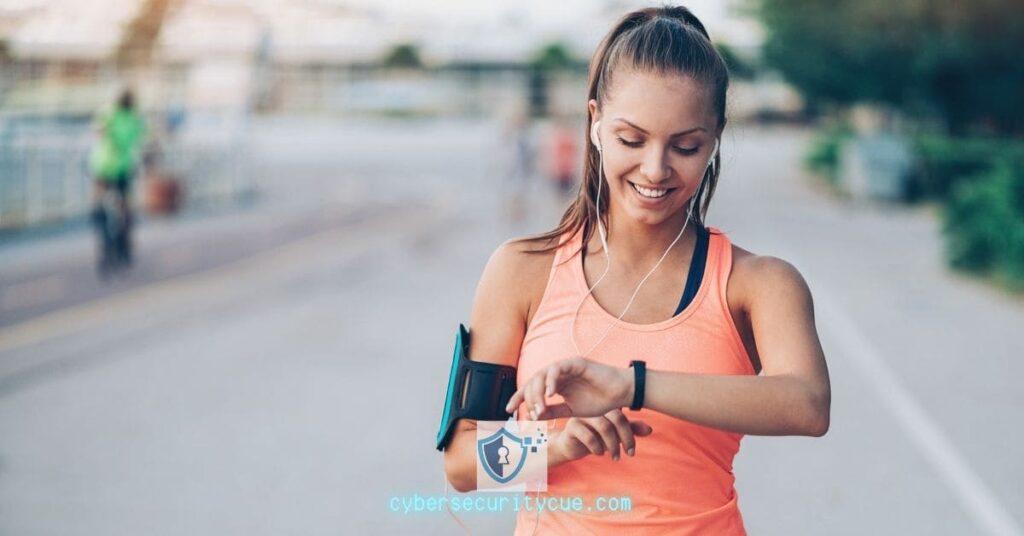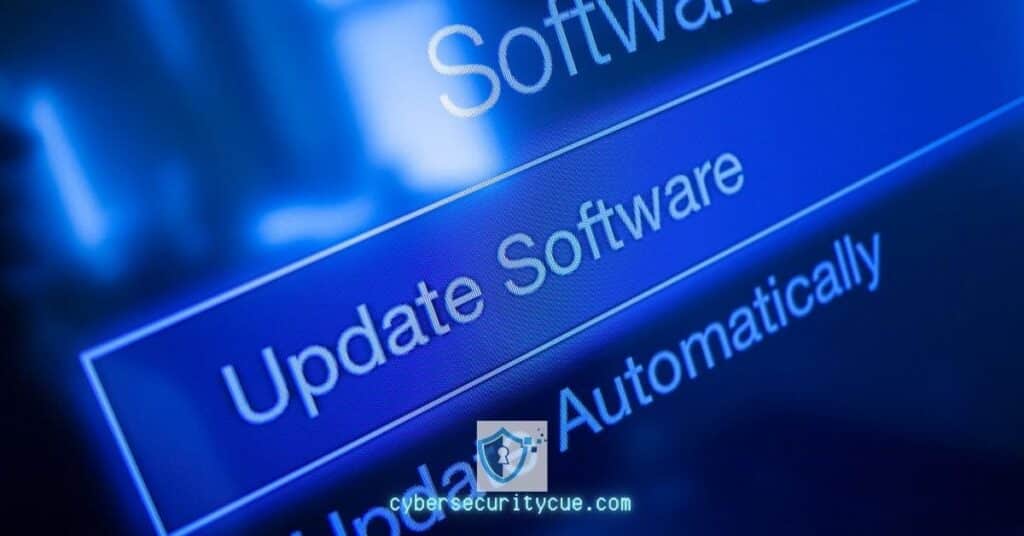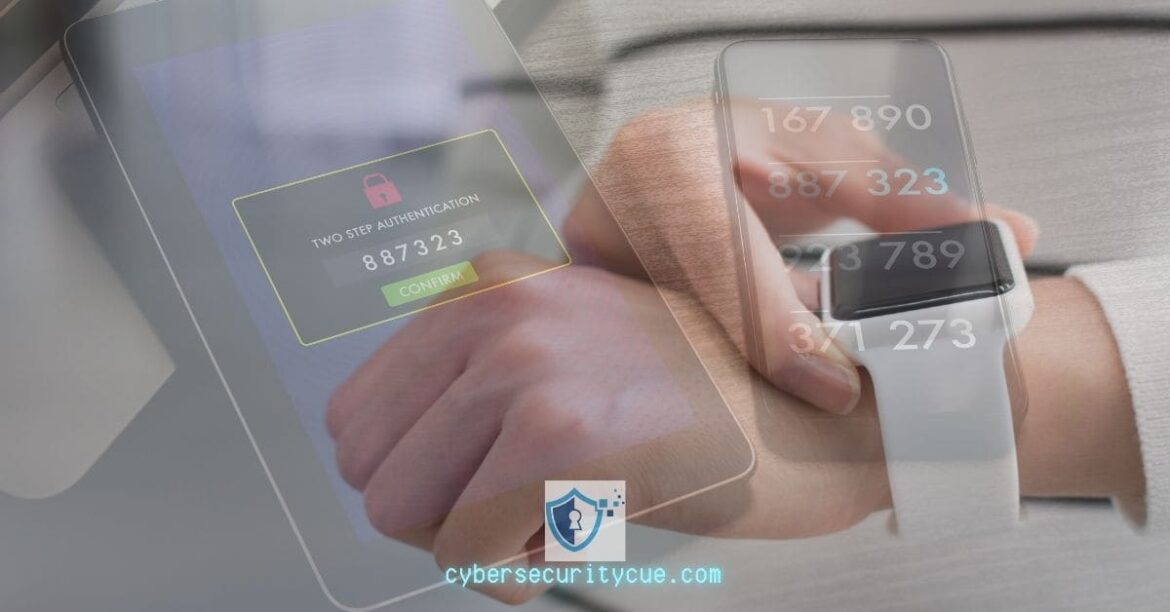Table of Contents
Healthcare wearables offer a wealth of health insights, but safeguarding the sensitive data they collect is critical. 2FA (Two-Factor Authentication) emerges as a powerful tool to secure patient information in this rapidly growing field.
This blog post dives into the world of 2FA for healthcare wearables. We’ll explore:
- Why 2FA is essential for protecting patient privacy and medical data.
- Different 2FA methods are suitable for healthcare wearables.
- Challenges associated with implementing 2FA in this context.
- Best practices for maximizing the security of patient data with 2FA.
By the end, you’ll understand how 2FA can be a valuable addition to your healthcare wearables security strategy, ensuring patient data integrity and building trust with users.
Key Takeaways to 2FA for Healthcare Wearables: Ensuring Patient Data Integrity
- 2FA is essential for protecting patient data integrity in healthcare wearables due to the sensitive nature of medical information and the potential for unauthorized access.
- Different methods of 2FA, such as biometric authentication and one-time passwords, can be used to secure healthcare wearables.
- Implementing 2FA for healthcare wearables may come with challenges, such as device compatibility and user training, but conducting a risk assessment and regularly updating systems can help mitigate these challenges.
What is 2FA?
Two-factor authentication (2FA) is a security process that requires users to provide two different authentication factors to verify themselves and gain access to a system or application.
These two authentication factors typically fall into three categories: something the user knows (like a password or PIN), something the user has (such as a security token or smartphone), or something the user is (biometrics like fingerprint or facial recognition).
2FA adds an extra layer of security by ensuring that even if one factor is compromised, the account remains protected. It serves as a crucial defense against unauthorized access and helps prevent data breaches.
By deploying 2FA, businesses and individuals can significantly reduce the risks associated with cyber threats and identity theft.
What are Healthcare Wearables?
Healthcare Wearables are medical devices equipped with sensors that can monitor and track health-related data of individuals, often connected to the Internet of Things (IoT) for remote monitoring and data collection.
These innovative devices play a crucial role in providing real-time health insights, allowing healthcare professionals to have a comprehensive view of a patient’s well-being.
By continuously collecting data such as heart rate, activity levels, and sleep patterns, healthcare wearables enable proactive healthcare management and early detection of potential health issues.
Their integration with IoT technology enables seamless communication between the wearables and other medical systems, ensuring that patient data is securely transmitted and analyzed in real-time.
This interconnectedness paves the way for personalized and remote healthcare services, offering patients greater convenience and access to quality care.
Why is 2FA Important for Healthcare Wearables?
The implementation of Two-Factor Authentication (2FA) in Healthcare Wearables is crucial for ensuring the security and privacy of patient data, especially in remote monitoring scenarios where sensitive medical information is transmitted and stored.
Ensuring Patient Data Integrity
Ensuring the integrity of patient data is paramount in healthcare settings to maintain confidentiality, protect privacy, and prevent unauthorized access or data breaches.
One of the key reasons why patient data integrity is crucial is to uphold the trust patients have in their healthcare providers. When patients entrust their sensitive information to healthcare professionals, they expect it to be handled with the utmost care and security.

Any compromise in data integrity not only jeopardizes patient privacy but also raises concerns about the reliability of the healthcare system as a whole.
Healthcare organizations must prioritize data protection measures to prevent breaches that could result in severe consequences for both patients and the healthcare industry.
Protecting Sensitive Medical Information
Protecting sensitive medical information through robust encryption methods is essential to comply with regulatory standards such as HIPAA and GDPR, ensuring the confidentiality and security of patient health records.
By encrypting data, healthcare organizations can prevent unauthorized access or breaches that could compromise patient privacy and lead to severe consequences.
Encryption plays a crucial role in safeguarding data integrity during transmission over networks and storage in databases, making it extremely challenging for cyber attackers to decipher sensitive information.
Secure data transmission protocols ensure that patient records remain confidential and tamper-proof, fostering trust between healthcare providers and patients.
Adhering to these stringent regulatory standards not only protects patients’ information but also upholds the reputation and credibility of medical institutions.
Preventing Unauthorized Access
Preventing unauthorized access to healthcare wearables requires robust intrusion detection systems to identify and mitigate potential cyber threats that may compromise patient data and device security.
The challenges posed by unauthorized access to medical devices are multifaceted, with hackers constantly evolving their techniques to breach security measures. Intrusion detection systems play a crucial role in this scenario by continuously monitoring device activity and network traffic for any suspicious behavior or anomalies.
Proactive security measures involve implementing encryption protocols, regular software updates, and access controls to reduce vulnerabilities.
By staying ahead of potential threats and regularly assessing risks, healthcare providers can safeguard patient information and ensure the integrity of wearable devices.
Types of 2FA for Healthcare Wearables
Implementing Two-Factor Authentication (2FA) for Healthcare Wearables can involve various methods such as biometric authentication, One-Time Passwords (OTP), and physical tokens to enhance user verification and data security.

Biometric Authentication
Biometric authentication methods, such as fingerprint or retinal scans, can provide secure access to healthcare wearables by verifying the user’s identity through unique biological characteristics.
Incorporating biometric authentication in healthcare wearables not only enhances security but also streamlines user access management. By requiring a physical attribute like a fingerprint to unlock the wearable device, the risk of unauthorized access is significantly reduced.
This added layer of security ensures that only authorized individuals can interact with sensitive health data stored on the wearable. Utilizing biometric data for user identification offers a more convenient and seamless experience compared to traditional password-based methods.
One-Time Passwords (OTP)
One-Time Passwords (OTPs) offer a temporary and dynamic code for user authentication in healthcare wearables, enhancing security measures while requiring user acceptance and timely validation.
OTP plays a crucial role in ensuring that only authorized users can access sensitive health data stored on wearable devices. By generating unique codes that are valid only for a short period, OTPs add an extra layer of security against unauthorized access attempts.
The user acceptance factor becomes vital as individuals must understand the importance of inputting these codes promptly to authenticate their identity.
Physical Tokens
Physical tokens, such as smart cards or USB keys, can serve as secure authentication devices for healthcare wearables, though their implementation may involve cost considerations and complexity in setup.
Despite the challenges, the use of physical tokens in healthcare wearables offers many advantages.
- Enhanced security: Physical tokens provide an additional layer of security beyond traditional passwords, making it harder for unauthorized users to access sensitive data.
- Improved compliance: They can help healthcare organizations meet regulatory requirements around data protection and patient privacy.
- User convenience: Physical tokens are easy to use and carry, providing a straightforward authentication process for healthcare professionals.
Challenges in Implementing 2FA for Healthcare Wearables
Implementing Two-Factor Authentication (2FA) for Healthcare Wearables presents challenges related to device compatibility, user acceptance, and cost considerations that need to be addressed to ensure effective security measures.

Compatibility with Different Devices
Ensuring compatibility of 2FA solutions with various healthcare wearables requires comprehensive vulnerability assessments to identify potential integration issues and security vulnerabilities across different device platforms.
Compatibility is vital to ensure that the 2FA solutions seamlessly work together with the diverse range of healthcare wearables used in the industry. Vulnerability assessments play a crucial role in this process by examining the potential loopholes that may arise due to device incompatibility.
By conducting compatibility testing, healthcare organizations can proactively address any risks associated with using incompatible devices for 2FA implementation. This reduces the likelihood of data breaches and ensures the security of sensitive patient information.
User Acceptance and Training
User acceptance and training are vital factors in successful 2FA deployment for healthcare wearables, requiring effective communication strategies and user education to ensure seamless authentication processes.
When incorporating Two-Factor Authentication (2FA) in healthcare wearables, it becomes essential to have users fully on board with the added security measures.
This involves clear and concise explanations given to the users, accompanied by comprehensive training programs.
Such education not only aids in seamless authentication but also boosts user confidence in using the device securely.
Cost and Implementation Complexity
The cost implications and implementation complexity of 2FA solutions for healthcare wearables can pose challenges in balancing security measures with financial constraints and operational efficiency.
It is crucial for healthcare organizations to carefully evaluate the various elements influencing the adoption of 2FA in wearables, such as initial setup expenses, ongoing maintenance costs, and user training requirements.
Understanding these cost factors is essential to devise cost-effective strategies that prioritize security without overly burdening the budget.
By weighing the trade-offs between different 2FA methods, organizations can strike a balance that optimizes both security enhancements and financial resources.
Best Practices for Implementing 2FA for Healthcare Wearables
Adopting best practices in implementing Two-Factor Authentication (2FA) for Healthcare Wearables involves conducting thorough risk assessments, selecting appropriate 2FA methods, and establishing robust monitoring systems for continuous security updates.
Conducting a Risk Assessment
Conducting a comprehensive risk assessment is essential before implementing 2FA for healthcare wearables to identify potential security threats, vulnerabilities, and data breach risks that may impact patient data integrity.
This process involves conducting a thorough examination of the system architecture, software components, and network connectivity to pinpoint any weaknesses or areas prone to cyber-attacks.
By assessing the likelihood and potential impact of various risks, organizations can proactively develop tailored security measures to safeguard patient health information effectively.
Understanding compliance risks related to regulations like HIPAA ensures that the deployed 2FA solution meets industry standards and legal requirements, thereby reducing the chances of data breaches and ensuring patient trust in the security of their health data.
Choosing the Right 2FA Method
Selecting the appropriate 2FA method for healthcare wearables requires consideration of regulatory standards such as HIPAA, user convenience, and the level of security needed to protect patient data effectively.
Ensuring compliance with regulations like HIPAA is paramount in the healthcare sector to safeguard sensitive patient information. Not only does the chosen 2FA method need to meet stringent industry standards, but it should also offer a seamless user experience.
Patients and healthcare professionals rely on wearables for real-time monitoring and data exchange, emphasizing the need for a user-friendly authentication process that does not hinder workflow efficiency.
The level of security required must align with the sensitivity of the data being accessed. For example, accessing general wellness information may not require the same level of stringent security measures as accessing patient medical records or treatment plans.
By tailoring the 2FA method to the specific data being protected, healthcare organizations can strike a balance between security and usability.
Regularly Updating and Monitoring 2FA Systems
Regularly updating and monitoring 2FA systems in healthcare wearables is essential to address emerging cyber threats, maintain data encryption standards, and ensure the continuous effectiveness of security measures.

In the dynamic landscape of cybersecurity, the healthcare sector faces unique challenges due to the sensitive nature of patient data. Security patches play a crucial role in fortifying the defense mechanisms of 2FA systems, safeguarding against evolving threats.
Timely encryption updates are vital to prevent unauthorized access and protect the integrity of sensitive medical information stored in wearables. Proactive system checks are necessary to identify vulnerabilities promptly, allowing for swift remediation actions to be taken, thus enhancing the overall security posture of healthcare wearables.
Conclusion
Implementing Two-Factor Authentication (2FA) for Healthcare Wearables is essential to ensure the security and integrity of patient data, addressing privacy concerns and safeguarding sensitive medical information in remote monitoring environments.
By requiring users to provide two forms of identification to access their wearable health devices, such as a password and a verification code sent to their mobile device, 2FA adds an extra layer of protection against unauthorized access and data breaches.
This enhanced authentication process not only helps in protecting patient data but also plays a crucial role in enhancing security measures within the healthcare industry.
In today’s digital age where cyber threats are rampant, leveraging 2FA is paramount to mitigating privacy risks and ensuring the confidentiality of medical information.
Ensuring the Security of Patient Data with 2FA for Healthcare Wearables
Ensuring the security of patient data through the implementation of Two-Factor Authentication (2FA) for Healthcare Wearables is a critical step in safeguarding sensitive medical information and maintaining the confidentiality of health records.
Two-factor authentication (2FA) plays a pivotal role in healthcare wearables by adding a layer of security to access patient data.
By requiring users to provide two different authentication factors, such as a password and a verification code, 2FA significantly reduces the risk of unauthorized access.
This extra security measure not only enhances data protection but also fortifies privacy preservation, ensuring that sensitive medical information remains secure from potential breaches.
Frequently Asked Questions
What is 2FA and why is it important for healthcare wearables?
2FA, or two-factor authentication, is a security measure that requires users to provide two forms of identification to access a system. It is important for healthcare wearables because it adds an extra layer of protection to ensure the integrity of patient data.
How does 2FA work for healthcare wearables?
2FA for healthcare wearables typically involves a combination of something the user knows, such as a password or PIN, and something the user has, such as a physical token or biometric data. This ensures that even if one form of identification is compromised, the data remains secure.
What are the potential risks of not using 2FA for healthcare wearables?
Not using 2FA for healthcare wearables can leave patient data vulnerable to hacking and unauthorized access. This can lead to privacy breaches, identity theft, and other serious consequences for both patients and healthcare providers.
Are there any regulations or guidelines regarding 2FA for healthcare wearables?
Yes, there are regulations and guidelines set by organizations such as HIPAA and the FDA that recommend or require the use of 2FA for healthcare wearables to ensure the security and integrity of patient data.
What are some common types of 2FA used for healthcare wearables?
Some common types of 2FA used for healthcare wearables include one-time passwords, physical tokens, biometric authentication, and mobile authenticators. The type of 2FA used may vary depending on the specific wearable device and system being used.
Is 2FA for healthcare wearables user-friendly?
While 2FA may add an extra step to the authentication process, it is generally considered user-friendly as it provides an added layer of security without being overly complicated or burdensome for users. Additionally, many healthcare wearables now offer biometric authentication, which can be more convenient for users than remembering and entering a password.





